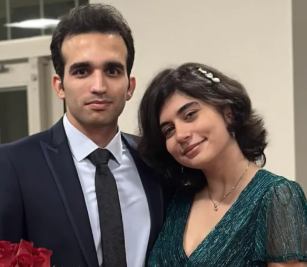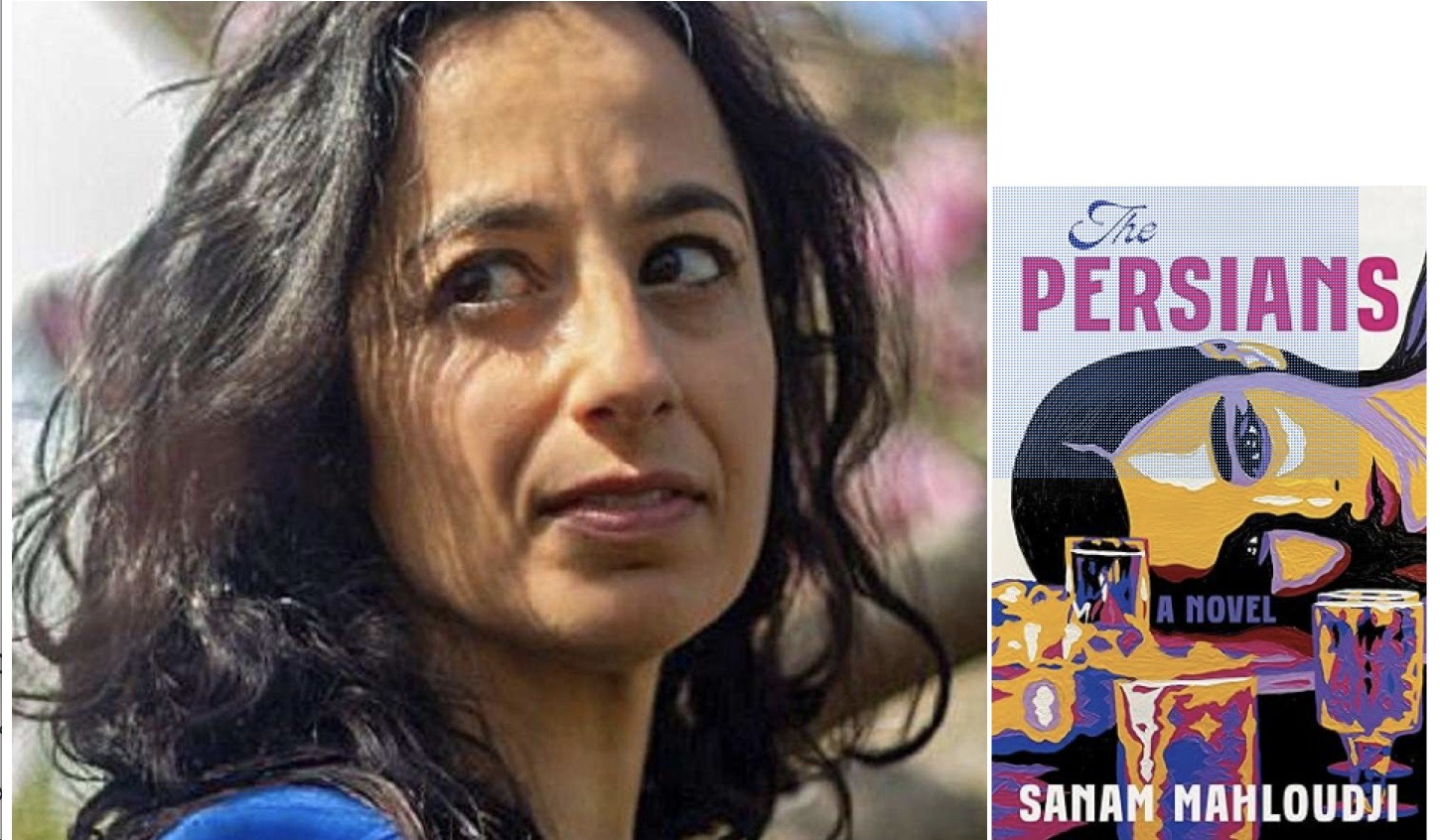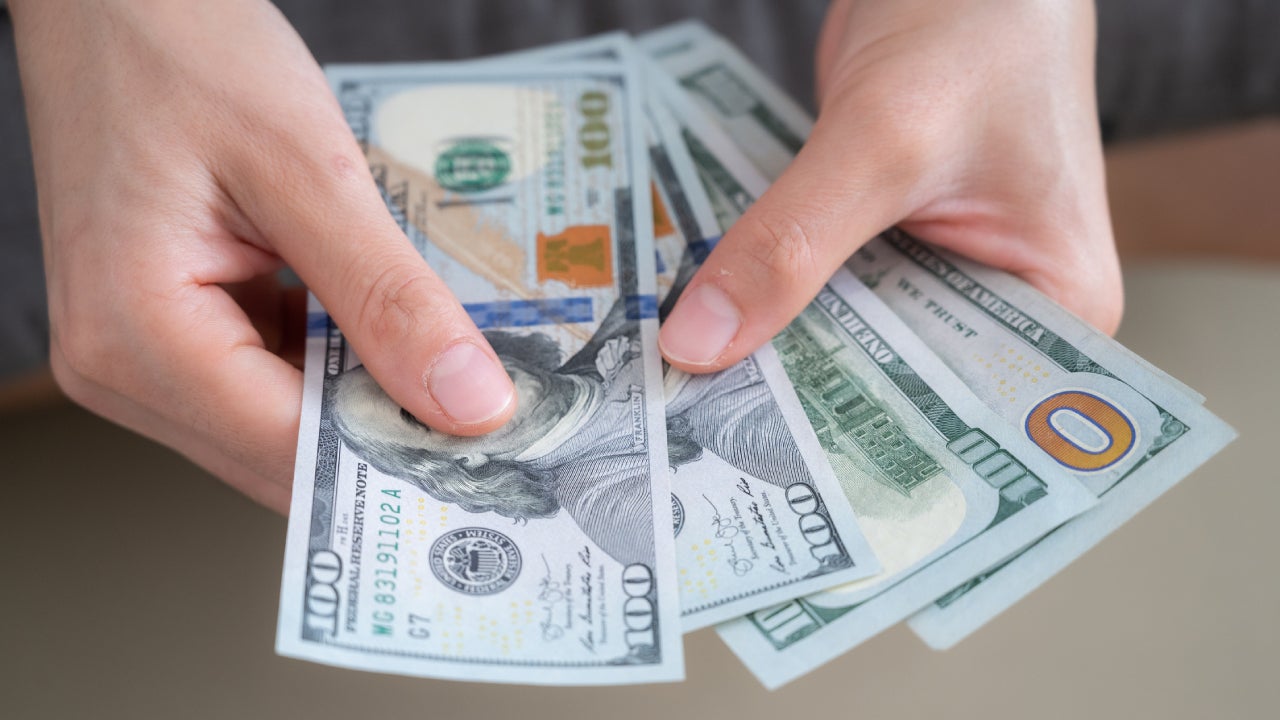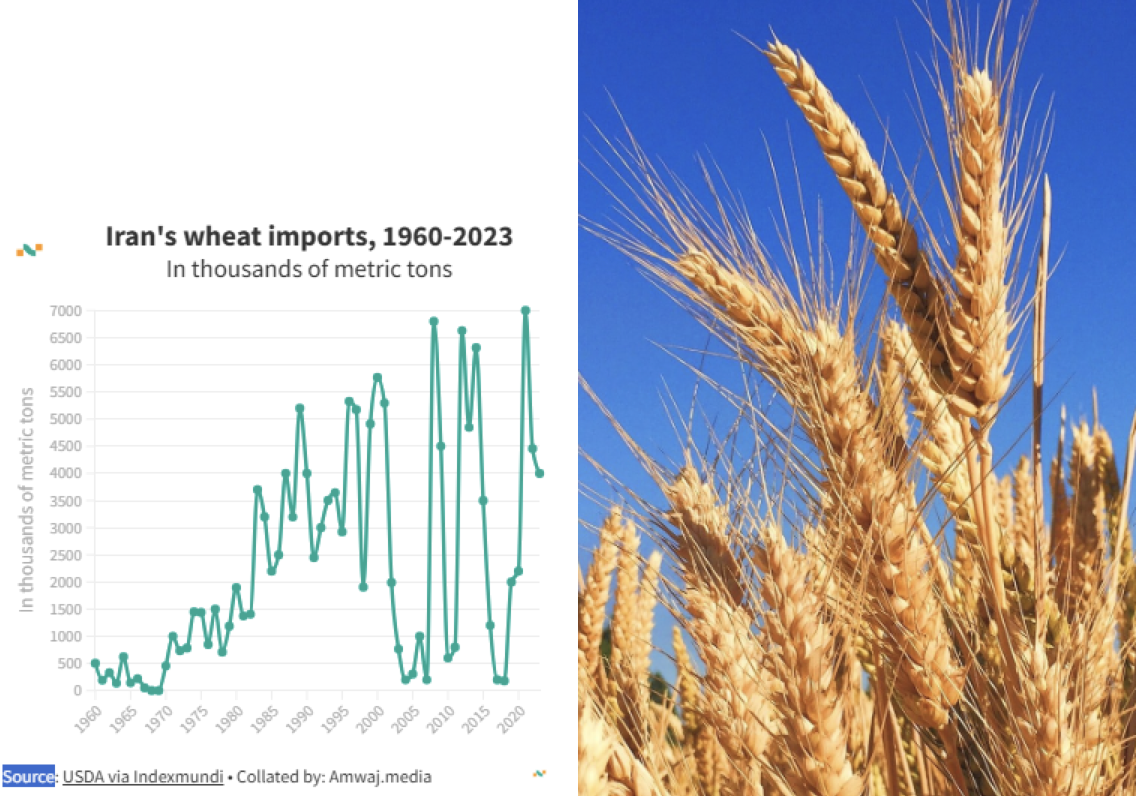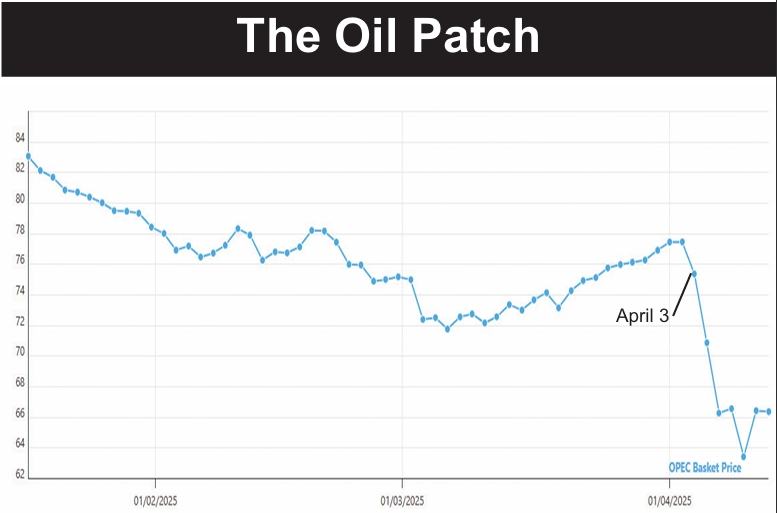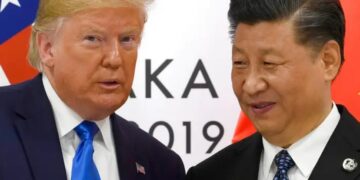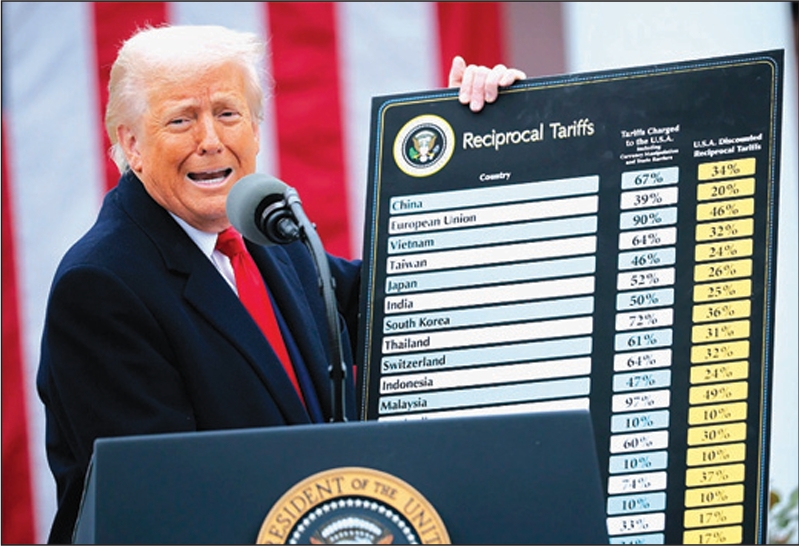though at a slower pace than the Ahmadi-nejad Administration has wished.
The phase-out of subsidies started in December 2010 and is supposed to be spread over five years. The Ahmadi-nejad Administration had originally wanted a three-year phase-out.
The Majlis said that about $44 billion in subsidies were lifted last year. The Ahmadi-nejad Administration budget proposed boosting that by a whopping 150 percent to $110 billion this year, vastly speeding up the process. Many in the Majlis saw that as a ploy by the president to get the three-year phase-out he had proposed some years ago and which was rejected then by the Majlis.
The Majlis Budget Committee last week voted against lifting any more subsidies this year, freezing the subsidy reform effort an entire year. This was seen as a response to the public outcry over the rising prices that have resulted from the phase-out, even though families are receiving cash welfare payments that, for the poor, exceed what they got from subsidies.
But the full Majlis rejected the committee plan. It voted Sunday to reduce subsidies by another 22 percent, boosting the savings from subsidies from $44 billion last year to $53.8 billion this year, about half of the $110 billion the president had sought.
It remains up to the Administration to decide what scale of subsides will be lifted from what products. However, Oil Minister Rostam Qassemi told reporters Tuesday that gasoline prices would be hiked. But he said the Majlis should have a role in deciding the sacle of the hike, something the Ahmadi-nejad Administration has never before said.
Just after Now Ruz, the Ahmadi-nejad Administration announced it was jacking up the monthly welfare payment sent to every Iranian by 62 percent, despite having no authorization from the Majlis to do so. With the Majlis lifting only another 22 percent from subsidies, Ahmadi-nejad will likely have to scale back the payments to citizens. The welfare payments are to be made entirely out of the sums saved by reducing sanctions.
The welfare program was started in December 2010 at the same time that major subsidies were eliminated from such goods as bread, gasoline, heating oil, water and electricity.
The concern was that the subsidies—especially on gasoline—went mainly to the wealthy. Even electricity subsidies mainly benefited the wealthy who have air-conditioning and computers and all sorts of gadgets, while the poor commonly have one television and a few bare light bulbs in their homes.
By making the same per capita payment to everyone, the government calculated that the poor would benefit more than the wealthy.
The payment was 455,000 rials a month last year. Ahmadi-nejad said that was being raised by 280,000 rials or 62 percent to 735,000 rials. At the official rate of exchange then and now, the payments went from $44 to $60. At the open market rate of exchange prevailing then and at Now Ruz, the payments fell from $40 to $39 a month.
But none of these are very good measures of purchasing power. Based on the official inflation figures, the cost of living has risen in excess of 30 percent over the first 16 months of the welfare program. Still, no one believes the official figures. Actual inflation probably exceeds 40 percent and might exceed 50 percent. So, the payment hike Ahmadi-nejad announced probably does represent a real if modest increase in purchasing power. If he must now scale that back in light of the Majlis action, the new payments are not likely to cover the impact of inflation since December 2010.






